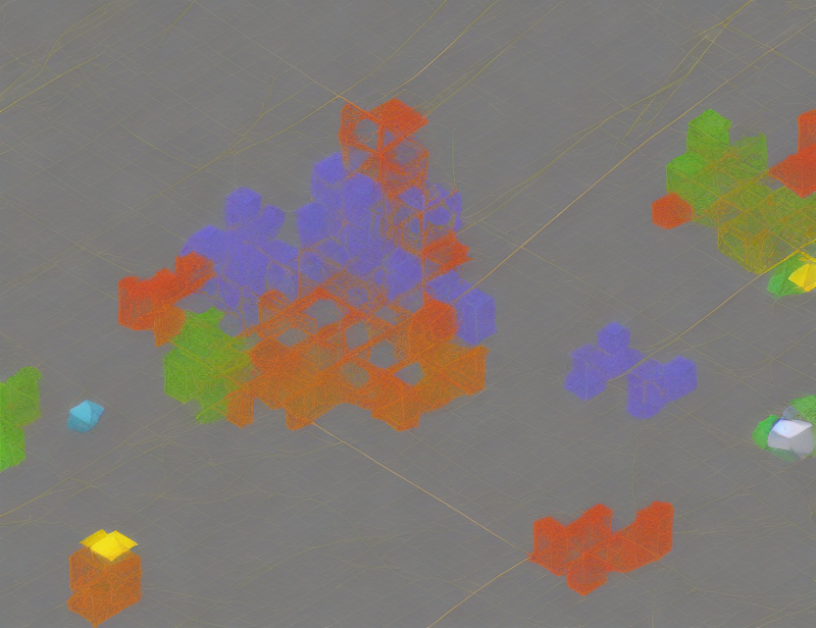In this article, we delve into the realm of optimization and computational complexity to explore the notion of matching covers, a crucial concept in the context of the sparsest cut problem. We demystify complex ideas by employing relatable analogies and everyday language, ensuring that even those unfamiliar with the subject matter can comprehend the essence of the topic.
Sparsest Cut: An Overview
The sparsest cut problem is a fundamental issue in optimization, where the objective is to find the optimal partition of a network into smaller subgroups, minimizing the number of connections between them while preserving the overall quality of the cut. To tackle this challenge, researchers have long sought efficient algorithms with favorable tradeoffs between approximation ratio and computational complexity.
Matching Covers: A Game-Changer
Introducing matching covers, a novel approach that has revolutionized the landscape of sparsest cut optimization. By defining a generalized matching cover as a function that maps each node in the network to a distribution over generalized matchings, we unlock the potential for more efficient algorithms with improved tradeoffs. This breakthrough concept allows us to create tailored solutions that better address the complexities of real-world networks.
The Role of O(√log n) Approximation
One of the most significant advancements in recent years is the development of an O(√log n)-approximation algorithm for the sparsest cut problem, as presented by Vladimir Kolmogorov in his 2023 work. This remarkable achievement significantly improves upon earlier tradeoffs, offering a more efficient and practical solution for tackling large-scale networks. By leveraging the power of multiplicative weights update, this algorithm streamlines the optimization process, providing a more balanced approach that effectively addresses the intricacies of real-world systems.
The Key to Efficiency: Multiplicative Weights Update
At the core of the O(√log n)-approximation algorithm lies the multiplicative weights update (MW) technique, a crucial component that enables the development of more efficient algorithms. By utilizing MW, we can solve the SDP relaxation of the sparsest cut problem using a single application of the algorithm, significantly reducing computational complexity. This innovative approach allows us to tackle even the largest networks with ease, making it an indispensable tool for optimizing real-world systems.
Conclusion: Unlocking Efficiency through Matching Covers
In conclusion, this article has delved into the fascinating world of matching covers and their role in optimizing the sparsest cut problem. By leveraging the power of O(√log n)-approximation algorithms and multiplicative weights update techniques, we have uncovered a new frontier in computational optimization, poised to transform the way we tackle complex systems. As the pursuit of efficiency continues to drive innovation, these breakthroughs will undoubtedly shape the future of optimization and its applications in various domains.



